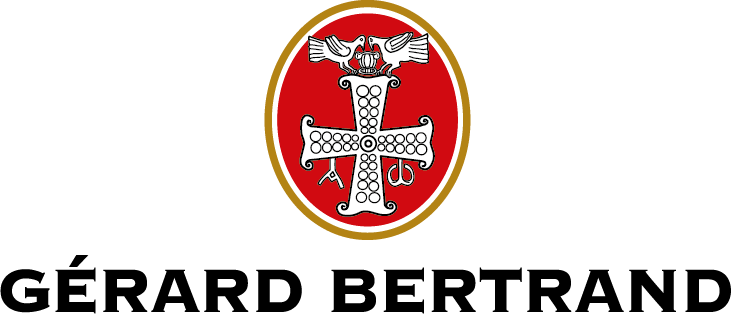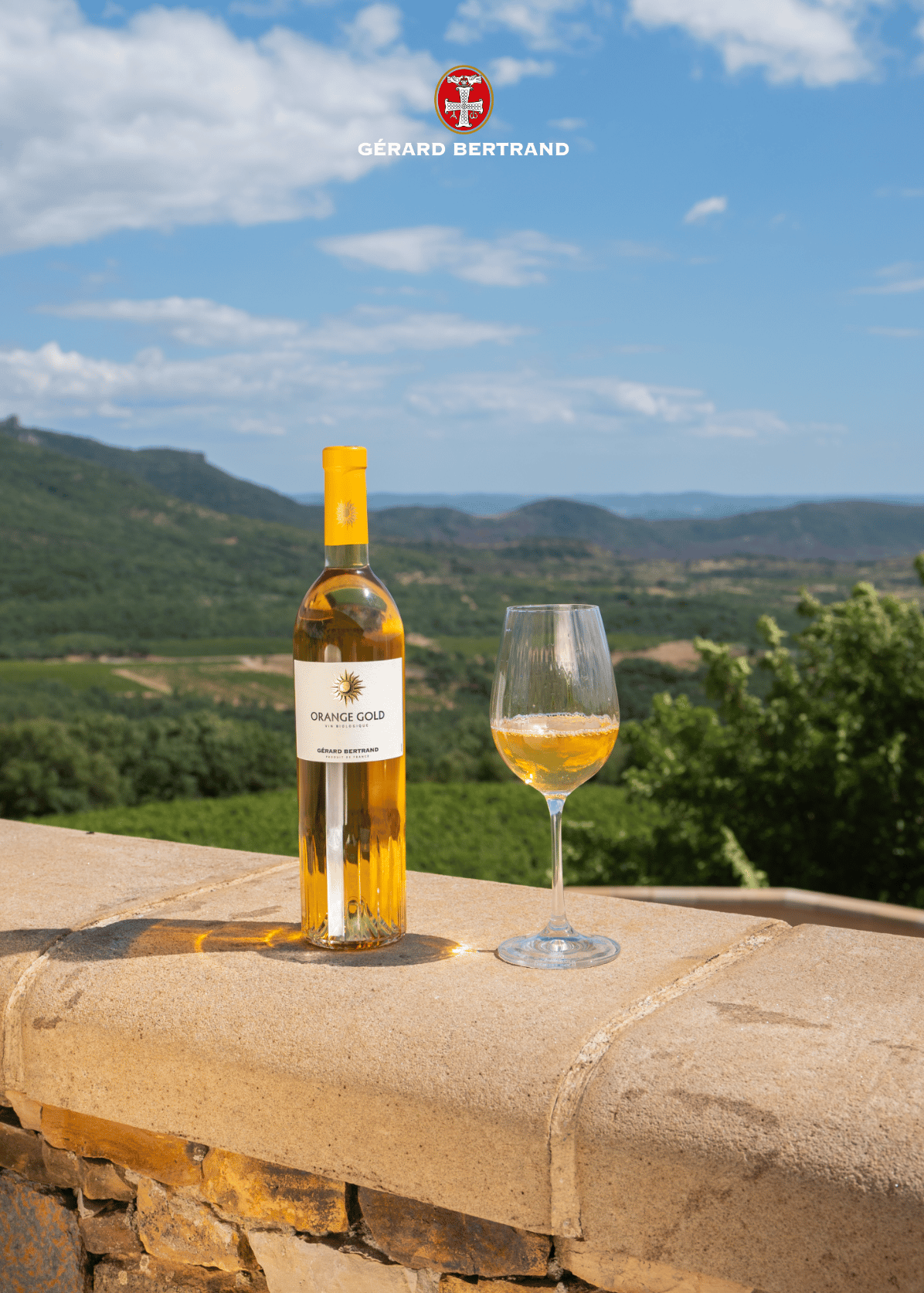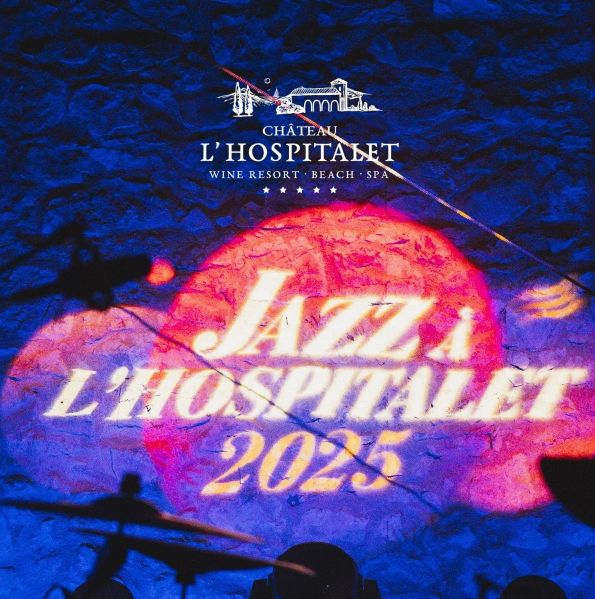The ideal wine in 4 questions
TAKE THE QUIZ


Wine lovers are well aware of the diversity of the wine world, where each category of wine brings its own unique features and flavors. Among these categories, vins doux naturels and vins fortifiés are distinguished by their specific characteristics and distinct manufacturing processes.

The vins doux naturels (VDN) are a French specialty, mainly produced in the south of France, notably in the Languedoc-Roussillon and Rhône Valley regions. Their history dates back to the 13th century, when the mutage process was discovered by the monk and alchemist Arnaud de Villeneuve. This process consists of adding alcohol to the fermenting must to stop the process and retain some of the grapes' natural sugar, thus creating a sweet wine.
The fortified wines, on the other hand, have a broader history that spans several countries. Among the most famous are Porto and Madeira from Portugal, Sherry from Spain and Marsala from Italy. These wines are also the result of a fortification process, but they can vary considerably in style and taste depending on their region of origin and the specific methods employed.

The production of vins doux naturels involves several key stages. The grapes, generally varieties such as Muscat and Grenache, are harvested at full ripeness to maximize their sugar content. After harvest, the grapes are pressed and the juice begins to ferment naturally. Fermentation is then stopped by the addition ofeau-de-vie, which retains some of the grapes' residual sugar and gives the wine its characteristic sweetness. The wines are then aged in vats or barrels, often for several months or even years, before being bottled.
The production of fortified wines follows a similar process, but with significant variations depending on the type of wine. For Porto, for example, the grape must is partially fermented beforeaguardente (a type of brandy) is added to stop fermentation and preserve the sugar. Madeira wines undergo a unique process of aging by heating, giving them great longevity and a distinctive taste profile. Sherries are classified according to their style after fermentation, and some undergo aging under a veil of yeast (flor) that influences their flavor and texture.

Natural Sweet Wines
VDNs are known for their sweetness elegance and richness aromatics. The Muscatfor example, offers intense aromas of tropical fruit, flowers and honey, while Grenache can add notes of red fruit and chocolate. On the palate, VDNs are often unctuous, with a nice acidity that balances their sweetness. They pair well with desserts, blue cheeses or can be enjoyed on their own as an aperitif.
The taste profiles of fortified wines vary enormously. The Portos can be sweet and fruity, with aromas of dark berries, plums and chocolate, or drier and more complex in the Tawny styles, with notes of nuts, caramel and figs. Sherry, meanwhile, can range from the very dry (Fino, Manzanilla) to the very sweet (Pedro Ximénez), each offering a range of aromas from almonds and citrus to raisins and caramel. The Madeira, with its styles ranging from dry to sweet, presents flavors of dried fruit, caramel and spices, and can age for decades without losing its quality.

Natural Sweet Wines
VDNs are often used to accompany desserts such as fruit tarts, crèmes brûlées or chocolate cakes. Their natural sweetness and balanced acidity also make them an excellent choice for blue cheeses or blue-veined cheeses. What's more, they can be enjoyed on their own as aperitifs, offering a rich, complex taste experience.
Fortified wines are incredibly versatile. Port is a classic companion to chocolate desserts, nut tarts and blue cheeses. Dry Sherries, such as Fino and Manzanilla, pair well with tapas, seafood and olives, while Sherries sweet go perfectly with desserts and creamy cheeses. Thanks to its diversity of styles, Madeira can be served with dishes ranging from starters to desserts, offering unique and memorable food and wine pairings.
Read more :
Discover the best Gérard Bertrand wines:

4,500 years ago, in the heart of Georgia, an astonishing, intense, bold wine was born: orange wine. Long in the shadows, it is now back in the spotlight. At ...
Read more
When the heat sets in, certain wines are the obvious choice. Gris Blanc, the timeless rosé that celebrates its 20th anniversary this year, continues to appeal to lovers of freshness. Alongside it, L...
Read more
Every summer, in the heart of the Languedoc region, a unique event transforms a winery into an open-air stage: the Jazz à l'Hospitalet festival, founded by Gérard Bertrand. More than just a...
Read more